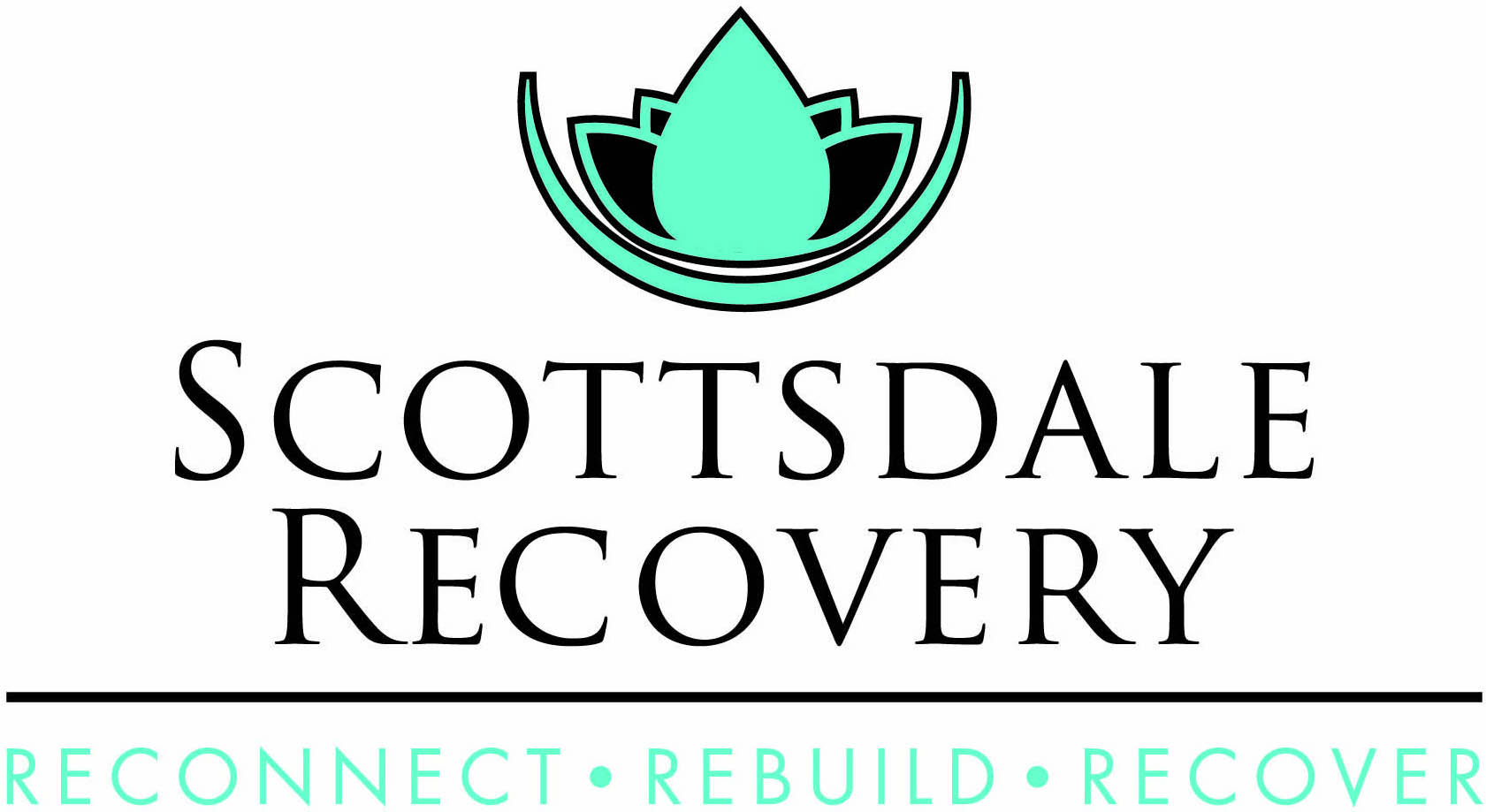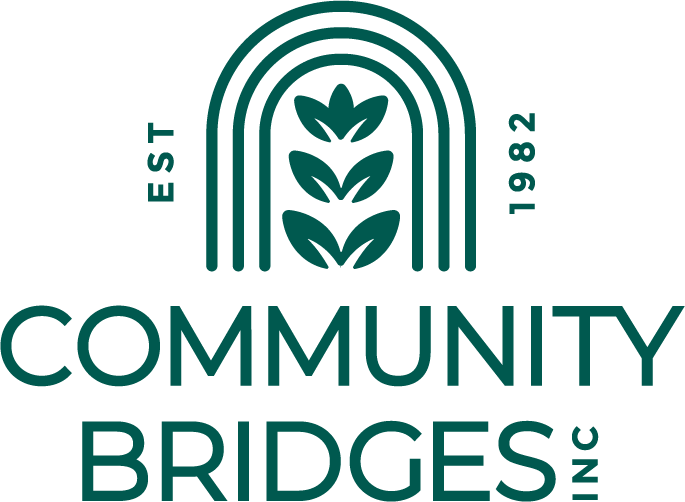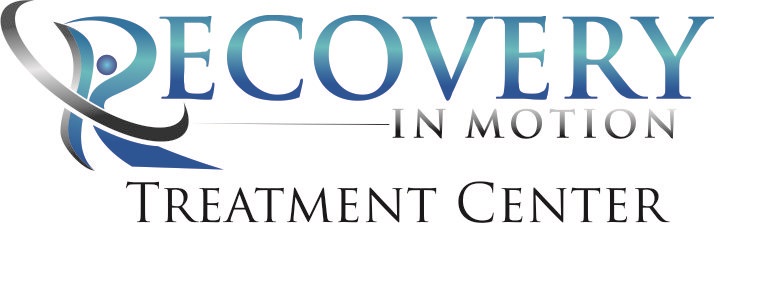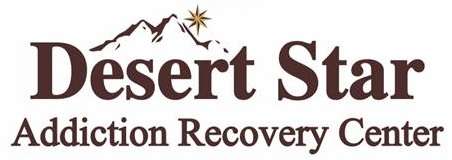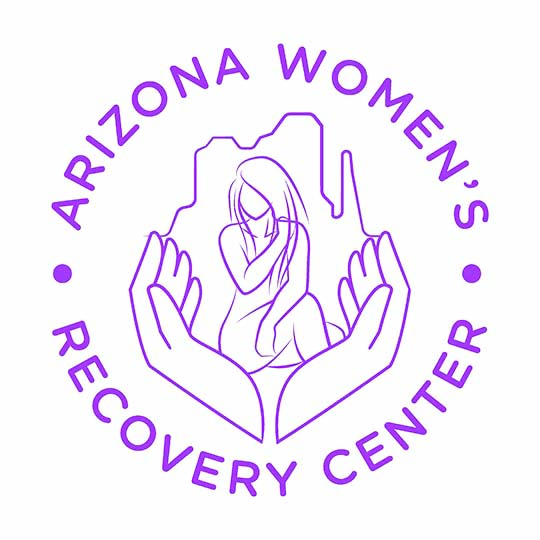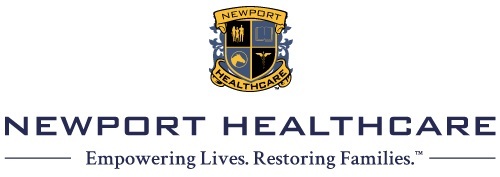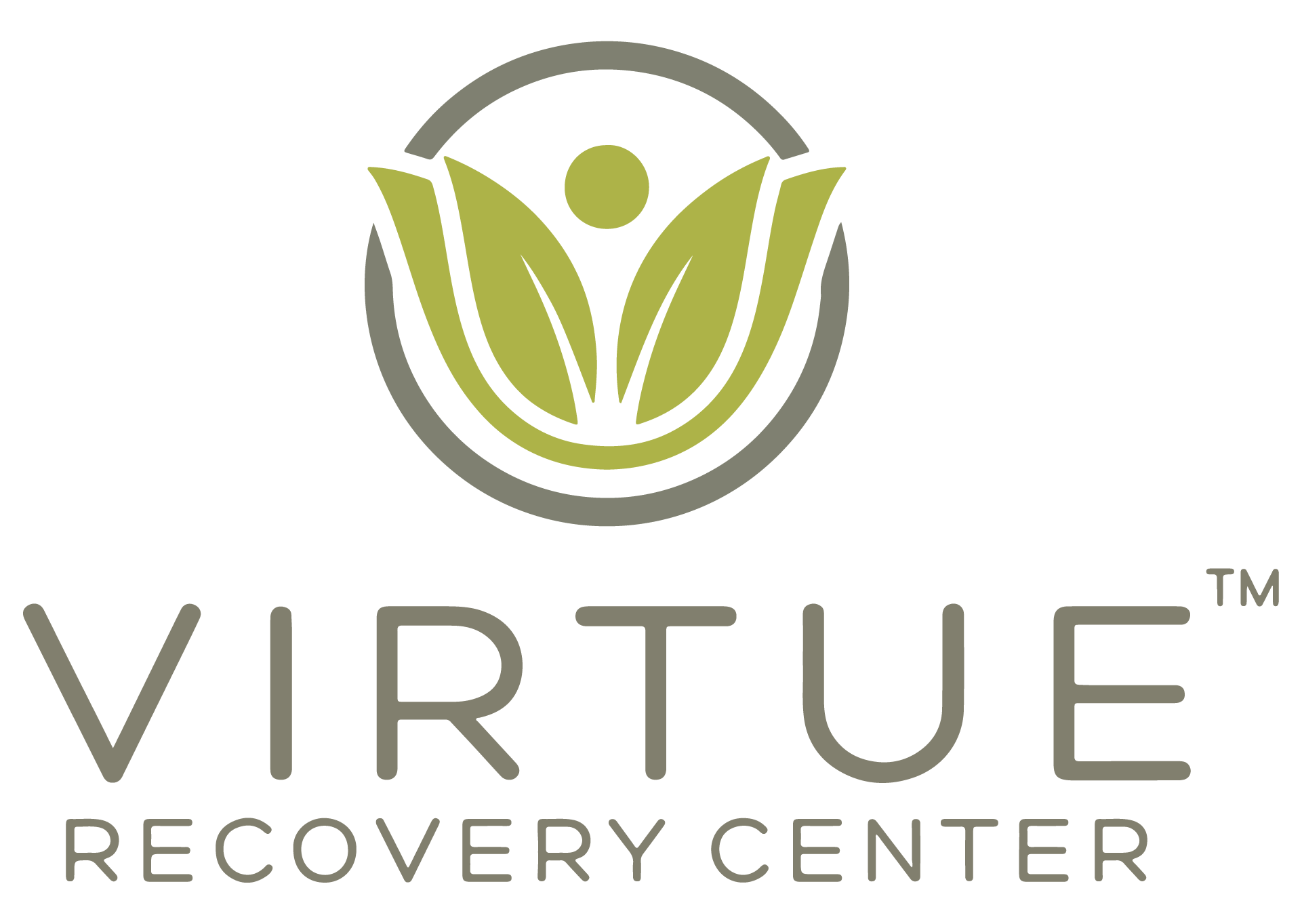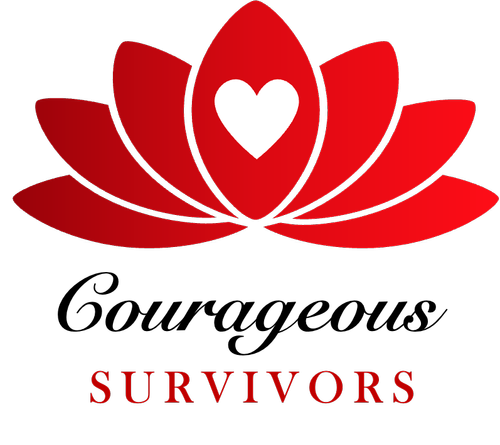Q & A with Dr. Shapiro & Dr. Jackson of Sierra Tucson Teresa Jackson, MD, is the Director of the Addictions / Co-occurring Disorders Program at Sierra Tucson. Dr. Jackson...
Q & A with Dr. Shapiro & Dr. Jackson of Sierra Tucson
Teresa Jackson, MD, is the Director of the Addictions / Co-occurring Disorders Program at Sierra Tucson. Dr. Jackson is board certified in Addiction Medicine.
Dr. Shapiro is board certified by both the American Board of Addiction Medicine and the American Board of Anesthesiology. He is a member of the American Society of Addiction Medicine and the California Society of Addiction Medicine.
If you or someone you know needs help contact Sierra Tucson (855) 693-7208 and visit http://www.sierratucson.com
Q: Governor Doug Ducey declared a state of emergency regarding the opioid epidemic in our state; what are your thoughts?
Dr. Jackson: The Center for Disease Control and the Surgeon General’s report on addiction have both declared an opioid epidemic in the United States. Recently, opioid overdose statistics for 2016 were released. 59,000 American died from a drug overdose in 2016. Drug overdose is now the leading cause of death for people under the age of 50.
Allocating funds in the state of Arizona is progress in the right direction.
Q: Why do you think opiates are so prevalent in Arizona?
Dr. Shapiro: Prescription medication misuse is a nationwide problem and Arizona is not an exception.
Q: What factors have contributed to the severity of the current prescription drug abuse problem?
Dr. Shapiro: Beginning in the 1990’s, there occurred significant societal and political pressure on the medical community to treat pain as the so-called “5th vital sign” (in addition to pulse, blood pressure, respiratory rate, and temperature). There was a perception in the community that medical providers were not doing enough to address patient complaints of pain.
Opioid analgesics have long been used as ineffective and appropriate treatment for acute pain, but have generally been shown to be less effective for chronic pain syndromes and possibly more dangerous. The pendulum is now swinging back in the other direction, given the current opioid misuse epidemic. I believe that other factors include increased advertising by pharmaceutical manufacturers including television ads for prescription medications, and the ready availability on the internet of medical information that makes the public feel more enlightened, but is often incomplete and frequently read out of context.
Q: Education is a critical component to curb the abuse of prescription medications; do you think most doctors are now more aware of what they are prescribing?
Dr. Jackson: The tides are turning. Medical students and residents now learn improved opiate prescribing and the risk of opiate addiction. The DEA and Arizona Medical Board require education on opiate prescribing as well. Arizona Board of Pharmacy has a monitoring program that physician can use to monitor both patients’ opioid prescriptions and their own prescribing trends.
More physicians are learning about addiction and learning to screen for signs and symptoms of addiction.
Q: What are some other options for pain management other than prescribed drugs?
Dr. Shapiro: That depends on the type of pain, but in general the following: physical therapy, chiropractic, bio neuro feedback, acupuncture, acupressure, deep tissue massage, craniosacral therapy, transcutaneous electrical nerve stimulation techniques, radiofrequency nerve ablation, naturopathic remedies (holistic approach). All the above techniques represent management of pain, and not necessarily elimination or even reduction of pain, and patient’s need to understand these differences and the limits of our current state of the art for pain management; and this requires patient education.
Q: As parents, neighbors, community members, what can we do collectively to bring more education and awareness to this crisis?
Dr. Jackson: 1. Remove all controlled prescription medication from the home when not using 2. Keep controlled medication locked 3. Don’t be afraid to start asking about drug use early (age 10 to 12) 4. Intervene early when children have behavioral changes 5. Confirm, but verify with a drug screen 6. Involved physician, school counselors, and church.
Q: What if any responsibility should the pharmaceutical companies take on this crisis?
Dr. Shapiro: Significant responsibility, but not all. The pharmaceutical industry responds to the demand from society, but I also believe that it is the FDA’s responsibility to provide some check on the pharmaceutical industry, and that has sometimes been lacking when it comes to the proliferation of more and more formulations of opioid analgesics.
Q: What age group do you see as the most vulnerable?
Dr. Shapiro: All age groups are vulnerable and we are seeing the epidemic of the opioid use disorder cross all demographic boundaries, not just age boundaries but traditional socioeconomic lines. In my opinion, the younger age groups, teens and adolescents, are at more risk because, in general, younger patients have less developed coping skills to avoid the pitfalls and temptation of using substances to address situational stressors and peer group pressures.
Dr. Jackson: Junior high and high school age children most commonly begin using opiates from family members or friends. The first exposure is normally an opiate pill from a friend or family member’s medicine cabinet.






